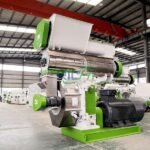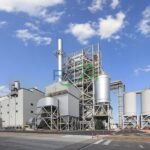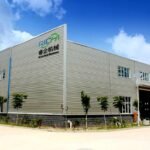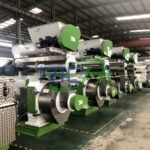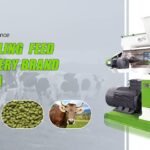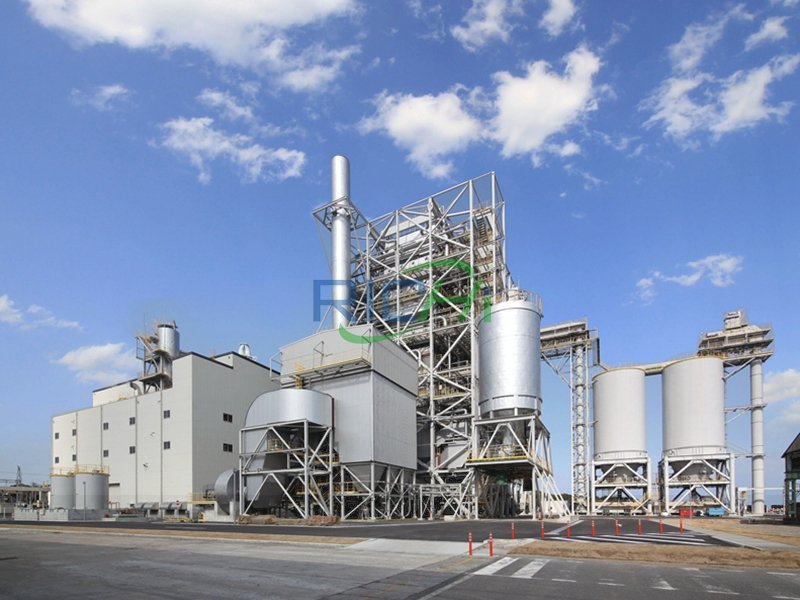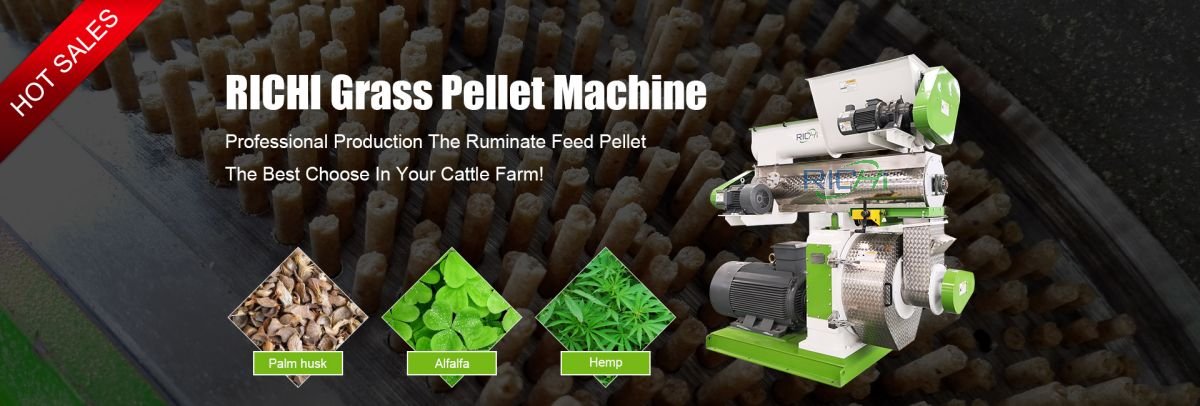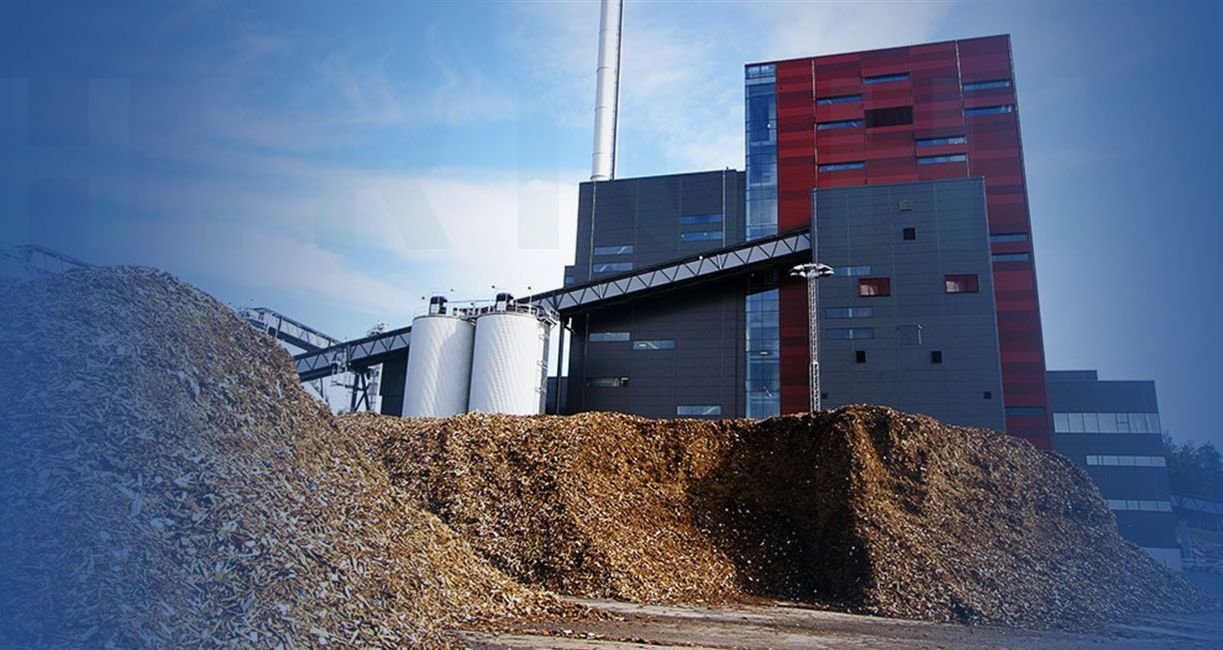Straw pellets have the potential to revolutionize the renewable energy sector by offering a sustainable and versatile energy source. As a biomass fuel derived from agricultural waste, straw pellets bring several benefits that can reshape the landscape of renewable energy:
Abundant and Renewable: Straw is an abundant agricultural byproduct that is usually considered waste after harvesting crops like wheat, rice, or barley. Converting straw into pellets taps into a nearly limitless and renewable resource.
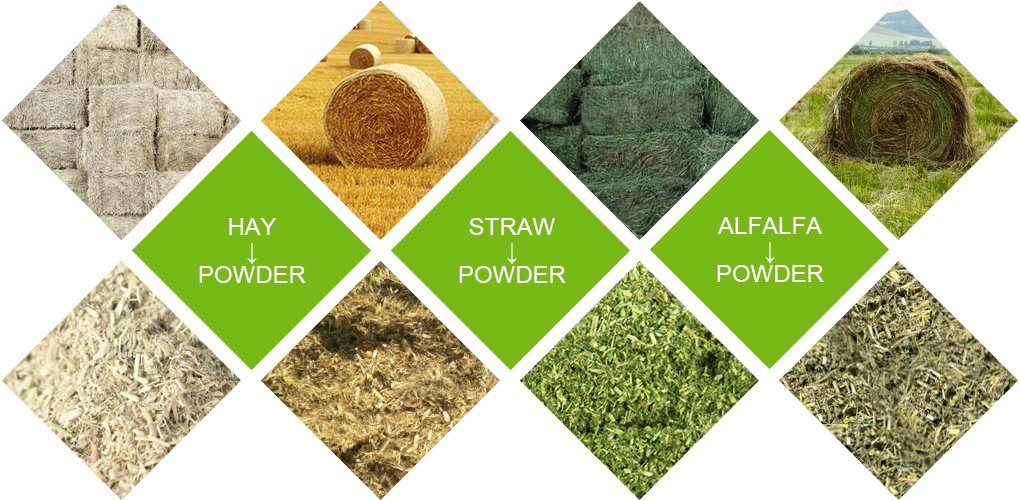
For more information about straw pellet machine, pls click richi website.
Reduced Waste and Emissions: By using straw that would otherwise be left unused or burned in the fields, straw pellets help reduce agricultural waste and associated greenhouse gas emissions. This contributes to more sustainable farming practices and cleaner air.
High Energy Density: Straw pellets have a high energy density, meaning they contain a significant amount of energy in a compact form. This makes them an efficient fuel source that requires less storage space and transportation compared to bulky raw straw.
Consistent and Predictable Fuel: Straw pellets have a consistent composition, moisture content, and energy value. This predictability makes them reliable for energy generation, as operators can anticipate and optimize combustion processes.
Low Moisture Content: The pelletization process reduces the moisture content of straw, enhancing its combustion efficiency. Lower moisture content leads to cleaner and more efficient burning, reducing emissions and increasing energy output.
Versatile Application: Straw pellets can be used in various heating systems, including pellet stoves, boilers, and power plants. Their adaptability makes them suitable for residential, commercial, and industrial applications.
Carbon Neutral: The carbon released during straw pellet combustion is part of the carbon cycle, as the plants absorbed carbon dioxide during their growth. This makes straw pellets a carbon-neutral fuel source, contributing to a lower carbon footprint.
Rural Economic Boost: The production of straw pellets can stimulate rural economies by creating new opportunities for farmers, pellet manufacturers, and related industries. It adds value to agricultural residues that were previously considered waste.
Diversified Energy Mix: Incorporating straw pellets into the energy mix diversifies renewable energy sources, reducing dependence on fossil fuels. This enhances energy security and resilience against price fluctuations.
Potential for Co-Firing: Straw pellets can be co-fired with other fuels, such as wood pellets or coal, in existing power plants. This provides a transitional solution that reduces emissions and promotes cleaner energy production.
Incentives and Policies: Governments and organizations are increasingly recognizing the potential of straw pellets in renewable energy. Subsidies, incentives, and supportive policies can accelerate the adoption of this innovative fuel.
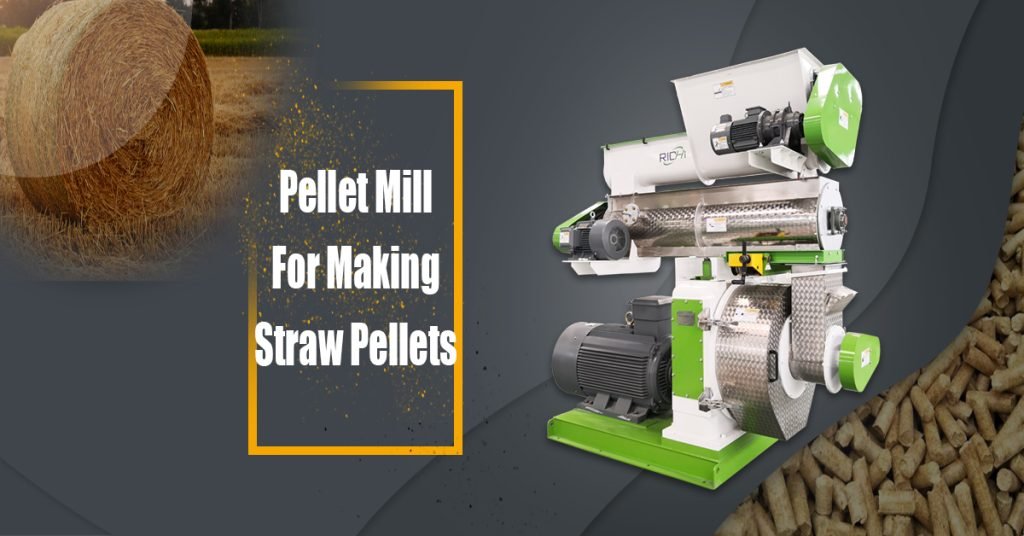
Research and Innovation: Ongoing research focuses on improving straw pellet production methods, combustion efficiency, and emissions control. Innovations in technology continue to make straw pellets an even more attractive energy option.
In conclusion, straw pellets have the ability to revolutionize renewable energy by converting agricultural waste into a valuable and versatile fuel source. Their potential to reduce waste, lower emissions, and contribute to sustainable energy generation positions straw pellets as a vital player in the transition towards cleaner and more efficient energy solutions.
For more insights on renewable energy solutions and the transformative potential of straw pellets, visit richi machinery website. Here, you’ll find a wealth of information to deepen your understanding of how innovative energy sources are shaping the world around us.
